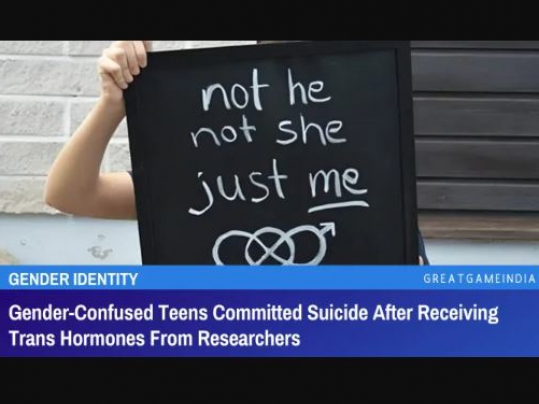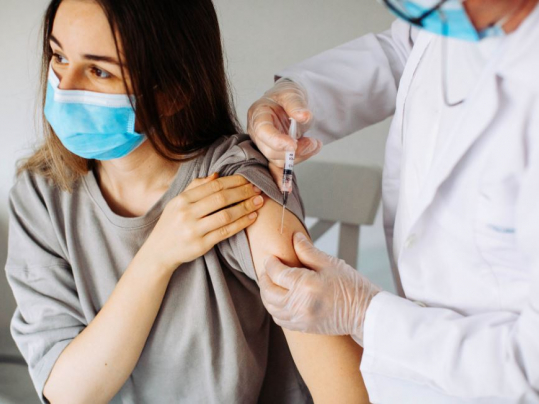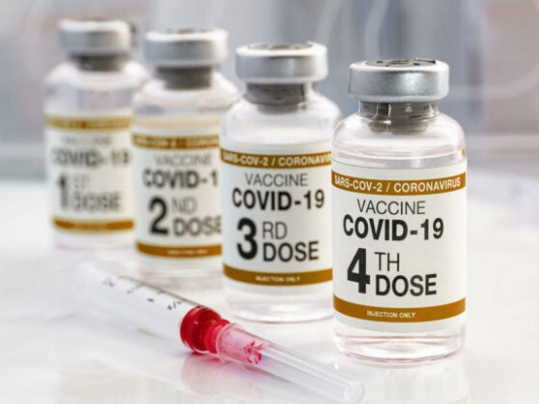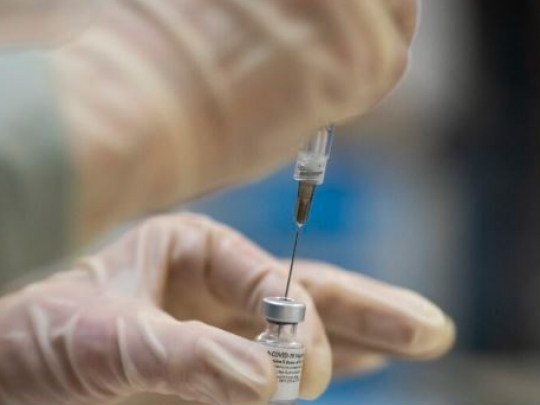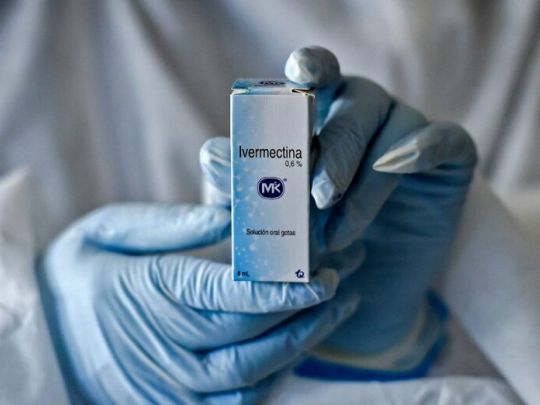FDA Warns Puberty Blockers May Cause Vision Loss In Children
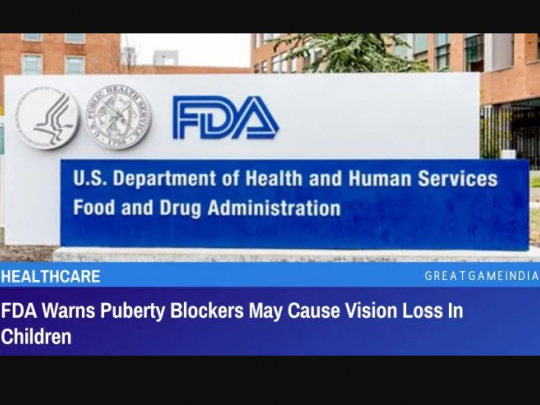
The use of puberty blockers may result in vision loss. The FDA issues a warning about idiopathic intracranial hypertension, also known as pseudotumor cerebri in children.
Gonadotropin-releasing hormone (GnRH) agonists, often known as puberty blockers, now include a warning from the U.S. Food and Drug Administration that the drugs may result in a range of symptoms in children, including headaches, pressure building around the brain, and vision loss.
The agency issued a warning on July 1 stating that children taking GnRH agonists run the risk of developing pseudotumor cerebri.
Idiopathic intracranial hypertension, also known as pseudotumor cerebri, occurs when the fluid around the brain and spinal cord builds up in the skull for no apparent reason, resulting in high pressure that damages the brain and the optic nerve, the nerve in the back of the eye.
“The new warning includes recommendations to monitor patients taking GnRH agonists for signs and symptoms of pseudotumor cerebri, including headache, papilledema, blurred or loss of vision, diplopia, pain behind the eye or pain with eye movement, tinnitus, dizziness and nausea,” the FDA announced.
The estrogen and progesterone hormones, which are responsible for the physical changes a person experiences during puberty, are stopped from being produced by GnRH agonists. They are FDA-approved for the treatment of central precocious puberty, which occurs in children before the ages of 8 and 9, respectively, for girls and boys.
Other disorders like endometriosis, uterine fibroids, precocious puberty, and infertility are also treated with GnRH agonists.
Some doctors also utilize this family of medications off-label when they give them to children who have gender dysphoria. Children under the age of 18 may only be prescribed the medicines with their parents’ or guardians’ permission. Off-label refers to uses for which GnRH agonists have not received FDA approval.
Lupron Depot-Ped (leuprolide acetate), Fensolvi (leuprolide acetate), Synarel (nafarelin), Supprelin LA (histrelin), and Triptodur (triptorelin) are examples of drugs that act as GnRH agonists.
‘Plausible Association’
According to the FDA, there is a “plausible association” between the use of GnRH agonists and pseudotumor cerebri in six cases, it added. Through a risk evaluation that involved looking through safety information provided by GnRH agonist manufacturers, investigating the FDA Adverse Event Reporting System, and doing a literature search, the cases were found.
“Six cases were identified that supported a plausible association between GnRH agonist use and pseudotumor cerebri. All six cases were reported in birth-assigned females ages 5 to 12 years,” the FDA stated.
“Five were undergoing treatment for central precocious puberty and one for transgender care,” the agency said. “The onset of pseudotumor cerebri symptoms ranged from three to 240 days after GnRH agonist initiation.”
Of the six cases, five had visual problems, five headache or vomiting, three involved papilledema (optic nerve swelling), one involved an increase in blood pressure, and one involved weakness in an eye movement nerve.
Three patients’ symptoms had already subsided when the FDA assessed the cases, and one patient’s symptoms were in the process of subduing. The state of the final patient was unknown, and one patient experienced symptoms that had persisted. The status of the GnRH agonist treatment was unknown for the remaining three patients, while it was “discontinued in three patients.”
“The incidence rate of pseudotumor cerebri associated with GnRH agonist use in pediatric patients could not be reliably established due to the small number of cases and data limitations,” the FDA stated.
Four of the six cases, according to Formulatory Watch, were connected to the use of leuprolide, and the other two cases, to the use of triptorelin.
“The [FDA] considered the cases clinically serious and, based on these reviews, determined that pseudotumor cerebri (idiopathic intracranial hypertension) should be added as a warning and precaution in product labeling for all GnRH agonist formulations approved for use in pediatric patients,” an FDA spokesperson told Formulary Watch in May.
“Although the mechanism by which GnRH agonists may lead to development of pseudotumor cerebri has not been elucidated, and patients with CPP may have a higher baseline risk of developing pseudotumor cerebri compared with children without CPP, this potential serious risk associated with GnRH agonists justifies inclusion in product labeling.”
- Source : GreatGameIndia






